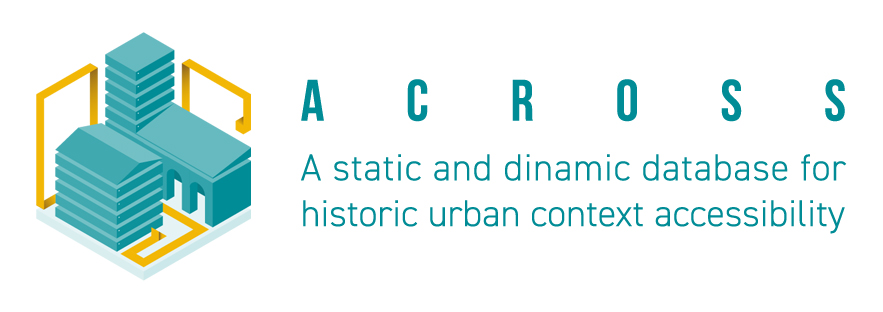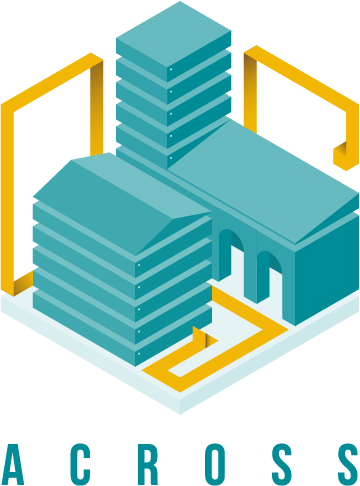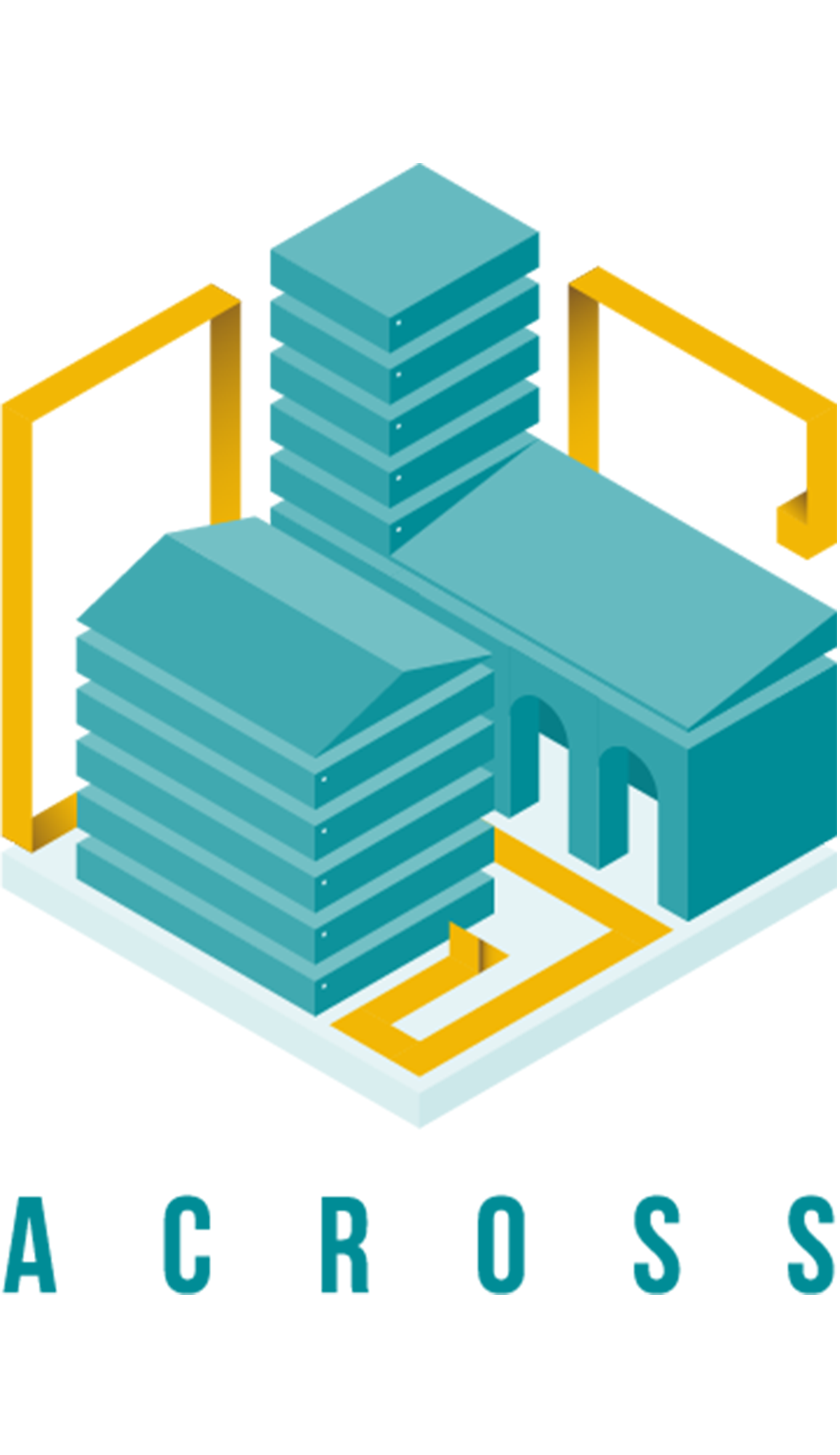
The project aims at developing the necessary method to design and implement a database (DB) to support the elaboration of paths to facilitate and improve the accessibility of historical urban contexts, paying attention to the most disadvantaged people.
The study proposal stems from the need for a new approach to accessibility that combines the needs of those who wish to access public spaces with the peculiarities of historic built environment and the guarantee of access to culture for all.
The methodological approaches have a new nature: not “subtractive” -remove obstacles- but instead a precise verification of the situations; in order to think about elements that facilitate the access to the historic centres both for daily activities and also for extraordinary ones such as cultural visits. The aim is to propose an operational strategy so that public administrations (PA), touristic associations and social cooperatives have an organic and structured DB. It can be used for the management process of the public heritage that can range from the drafting of urban planning tools, the identification of routes, to the design of applications that
favour accessibility and the enhancement of cultural routes.
The starting point is represented by Italian and international legislation and also by the most up-to-date literature. The purpose is to develop a tool that works at different scales, facilitating also the smallest institutions alongside the large ones.
An information system will collect geometric information, building materials and data on the temporary occupation of spaces. The information will be static and dynamic. The former will be extracted from the point clouds and identified through semantic segmentation algorithms. Dynamic information will be collected with the help of PA and image analysis techniques. Specifically, the project involves the use of Artificial Intelligence (AI) techniques to automatically update the DB by detecting dynamic pedestrian traffic problems. AI and Computer Vision make it possible to monitor an urban area in real time in order to detect obstacles to the
mobility, offering an extremely effective tool which can play a very important service, by studying the frequency of the obstructions, the place where they occur, and providing the information necessary to intervene or to plan alternative routes. The idea is to use the cameras already available in urban areas, and automatically analyse the videos to detect frequent obstructions over time using innovative AI.
The scale of the project will allow to develop both the theoretical and practical phases on the historic city centre of Mantova. The project is structured on 3 research units: one linked to the methodological definition of requirements and principles (Università degli Studi di Brescia), one for survey, features extraction and information system management (Politecnico di Milano) and one for the updating of the DB (Università di Modena e Reggio Emilia).

